Peyton Manning's Sports Injuries
Type of Sport: American Football
Peyton Manning's Sports Injuries Table
| Type | Area | Date | Consequences | Content | How It Happened | Recovery Duration | Rehabilitation Details | Impact On Career | Psychological Impact | Previous Injuries | Return To Competition | Severity | Treatment | Medical Staff | Long Term Impact | Preventive Measures | Competition Missed | Initial Symptoms | Re Injury Risk | Support System | Rehabilitation Location |
|---|---|---|---|---|---|---|---|---|---|---|---|---|---|---|---|---|---|---|---|---|---|
| Back Injuries | Neck | 2010-05-22 | Multiple surgeries, missed entire 2011 season. | Peyton Manning underwent multiple neck surgeries to address the herniated disc. This was a significant turning point in his career. | Wear and tear over the years, exacerbated by a hit during a game. | 12 months | Intensive physical therapy and rehabilitation focused on regaining strength and mobility in the neck. | Missed entire 2011 season, released by the Indianapolis Colts, and later signed by the Denver Broncos. | Significant mental and emotional challenges, including doubts about returning to form. | None reported in the neck area. | Returned to NFL in 2012 with the Denver Broncos. | High | Multiple neck surgeries, physical therapy, and rehabilitation. | Indianapolis Colts' medical team and specialized surgeons. | Long-term effects on neck mobility and strength. | Strengthening exercises, regular medical check-ups, and avoiding high-impact hits. | Entire 2011 NFL season. | Neck pain, reduced mobility, and nerve issues. | Moderate, due to the nature of the injury and high | Family, teammates, and coaching staff. | Indianapolis and later Denver. |
| Back Injuries | Neck | 2011-05-22 | The injury led to multiple surgeries and forced Manning to miss the entire 2011 NFL season. | Manning underwent three neck surgeries in a span of 19 months, including a spinal fusion. The injury and subsequent surgeries put his career in jeopardy, leading to his release from the Indianapolis Colts. | Peyton Manning suffered a herniated disc in his neck during offseason workouts. | Approximately 12 months | Manning underwent intense physical therapy and rehabilitation to regain strength and mobility in his neck. | The injury significantly impacted his career, leading to his release from the Colts and subsequent signing with the Denver Broncos. | The injury and uncertainty about his future caused significant psychological stress, but Manning remained determined to return to the field. | No significant neck injuries reported prior to this incident. | Manning returned to competition in the 2012 NFL season with the Denver Broncos. | Severe | Multiple surgeries, including spinal fusion, followed by extensive rehabilitation. | Various specialists, including Dr. Robert Watkins, a renowned spine surgeon. | Manning's neck injury had a lasting impact, but he successfully returned to play at a high level and even won another Super Bowl. | Manning focused on strengthening exercises and proper biomechanics to avoid future neck issues. | Entire 2011 NFL season | Neck pain and tingling sensations down the arm. | Moderate, given the severity of the initial injury | Family, teammates, and medical staff provided significant support during his recovery. | Various facilities, including specialized spine rehabilitation centers. |
| Knee Injuries | Right Knee | 1998-10-10 | The injury was not severe enough to require surgery but led to missed practice time and limited play. | The injury occurred during his rookie season with the Indianapolis Colts. Manning managed to play through the pain but required ongoing treatment and missed several practices. | Manning suffered a knee injury during a game against the Baltimore Ravens. | Several weeks | Manning received physical therapy and used knee braces to stabilize the joint. | The injury had a minimal long-term impact on his career, but it showcased his toughness and ability to play through pain. | The injury tested Manning's resilience and determination early in his career. | No significant knee injuries reported prior to this incident. | Manning returned to full competition within a few weeks. | Moderate | Physical therapy, bracing, and rest. | Indianapolis Colts medical team. | No significant long-term impact reported. | Strengthening exercises and proper warm-up routines were implemented to prevent future knee injuries. | Minimal, primarily missed practice time. | Knee pain and swelling. | Low to moderate, depending on future impacts and a | Team medical staff and coaches provided support during recovery. | Indianapolis Colts training facilities. |
| Sprains | Left Ankle | 2015-11-14 | The injury caused significant pain and limited Manning's mobility, leading to him being benched for several games. | The injury occurred during a season where Manning was already dealing with other physical issues. It further complicated his ability to play effectively, leading to backup quarterback Brock Osweiler taking over for several games. | Manning suffered an ankle sprain during a game against the Kansas City Chiefs. | 4-6 weeks | Manning received treatment that included rest, ice, compression, and elevation (RICE), along with physical therapy. | This injury, combined with other physical ailments, led to Manning's decision to retire after the 2015 season. | Frustration and disappointment due to limited ability to contribute to the team. | Manning had a history of lower body injuries but no significant prior ankle injuries. | Manning returned to play in the playoffs and led the Broncos to a Super Bowl victory. | Moderate | RICE method, physical therapy, and limited playing time to allow healing. | Denver Broncos medical team. | The injury contributed to the overall decline in Manning's physical capabilities. | Ankle strengthening exercises and use of supportive footwear. | Several regular-season games. | Ankle pain, swelling, and limited range of motion. | Moderate, especially given his age and previous in | Family, teammates, and medical staff provided strong support. | Denver Broncos training facilities. |
| Sprains | Right Ankle | 2002-10-05 | Missed a few games during the season. | Peyton Manning suffered a right ankle sprain which caused him to miss a few games during the 2002 season. | Twisted ankle during a game against the Baltimore Ravens. | 4 weeks | Rest, ice, compression, and elevation (RICE) along with physical therapy. | Short-term impact, returned to full strength. | Minor, focused on recovery and return. | None reported in the ankle area. | Returned to competition after 4 weeks. | Moderate | RICE, physical therapy, and ankle support. | Indianapolis Colts' medical team. | Minimal, with proper rehabilitation. | Ankle strengthening exercises and proper footwear. | A few games during the 2002 season. | Swelling, pain, and reduced mobility in the right ankle. | Low, with proper care and rehabilitation. | Family, teammates, and coaching staff. | Indianapolis Colts' facilities. |
Peyton Manning's Sports Injuries Videos
Peyton Manning's Neck Injury vs. Redskins (Full Sequence) - 2006, Week 7
Peyton Manning is shaken up after losing his helmet during a play. He gets hit hard while scrambling to find an open receiver, getting sandwiched between two defenders. The hit involves Joe Salave'a, Andre Carter, and Philip Daniels, with Daniels delivering a high hit around Manning's neck. Despite the hard hit, Manning is back in the game.

#2 Peyton Manning Returns from Neck Injury to Lead Broncos | Top 10 Player Comebacks | NFL
Peyton Manning comes in at #2 on the list of Top 10 Player comebacks. In 2012, after suffering a severe neck injury and undergoing spinal fusion surgery, many doubted Manning's ability to return to football. Despite the Colts moving on with Andrew Luck, Manning was determined to prove he could still play. Missing the entire 2011 season, he returned to the NFL with the Denver Broncos, throwing for just under 4,800 yards and 37 touchdowns in his first year back. He continued to improve, setting records and eventually winning a Super Bowl with the Broncos, solidifying his incredible comeback.

Play That Injured Peyton Manning's Neck
Tony Dungy identified a likely cause related to a hit on Peyton Manning. Gregg Williams coached the Washington defense, and former players accused him of certain practices. The hit involved Joe Salave'a, Andre Carter, and Philip Daniels, with Daniels going high around Manning's neck.
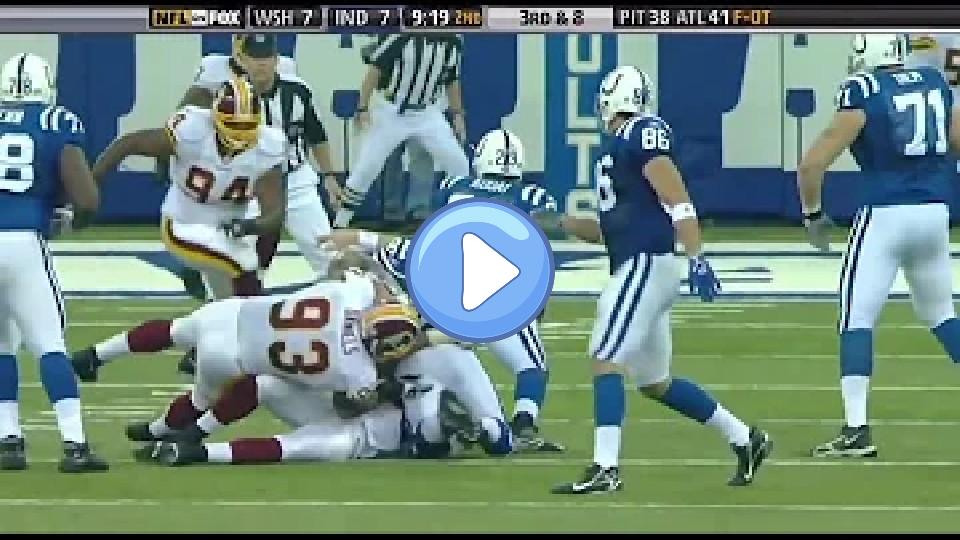
Peyton Manning's injury
Peyton Manning was injured during a play against the Washington Redskins, but he managed to get up despite being hurt and appeared ready to continue playing.
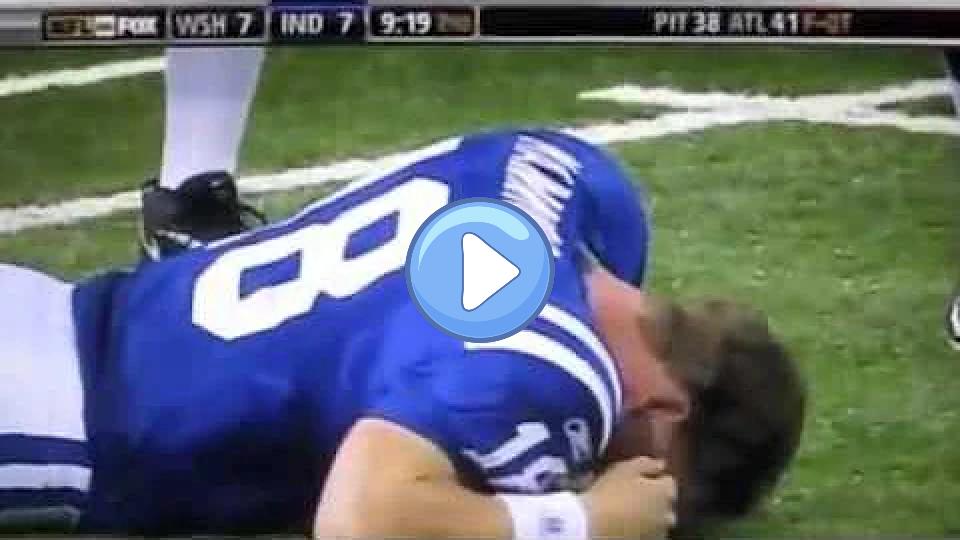
Sports Science: Peyton Manning's Neck Injury
Peyton Manning underwent a neck surgery that involved fusing two vertebrae, which typically results in a 10% loss of motion and increased stress on adjacent segments. This can lead to further surgeries within 10 years for 30% of patients. Although Manning's surgery was successful, the C7 nerve root issue, which caused initial shoulder pain, remains a concern. Once the nerve heals, his triceps should respond to rehabilitation, allowing him to regain full throwing strength. Over 70% of NFL players with similar surgeries return to play, and Manning has been cleared to play again. However, he will have to consider the risks of returning to the field after his third spine operation.
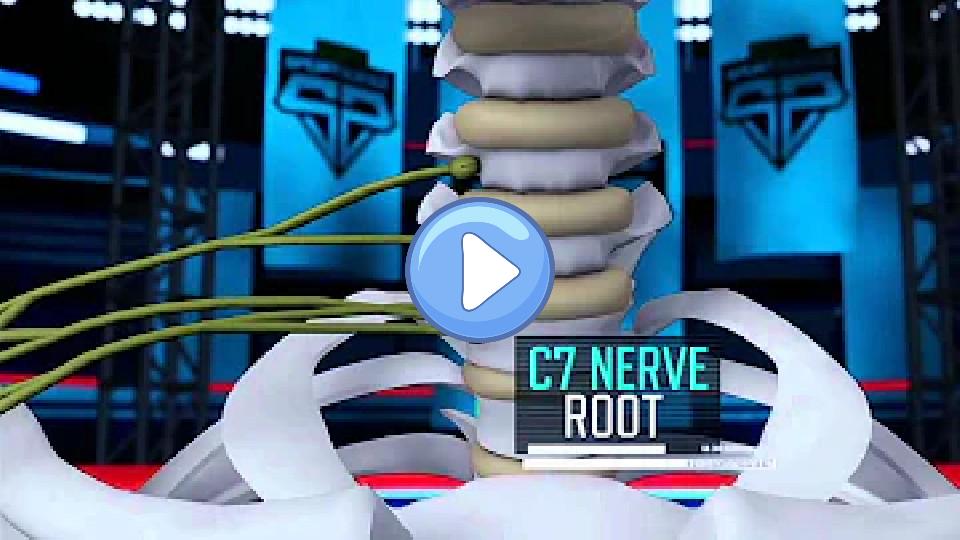
Peyton Manning Cut from the Indianapolis Colts
Football legend Peyton Manning, one of the greatest players in NFL history, was released by the Indianapolis Colts due to concerns about his health following a neck injury. Despite his brilliant 14-year career and never missing a start in 208 games, the team deemed him too great a financial risk. Manning underwent multiple medical procedures over 19 months to address his neck issues, but it wasn't enough to secure his place with the Colts. Fans in Indianapolis are heartbroken by his departure. Manning, a certain future Hall of Famer, is eager to continue playing and several teams are interested in signing him.
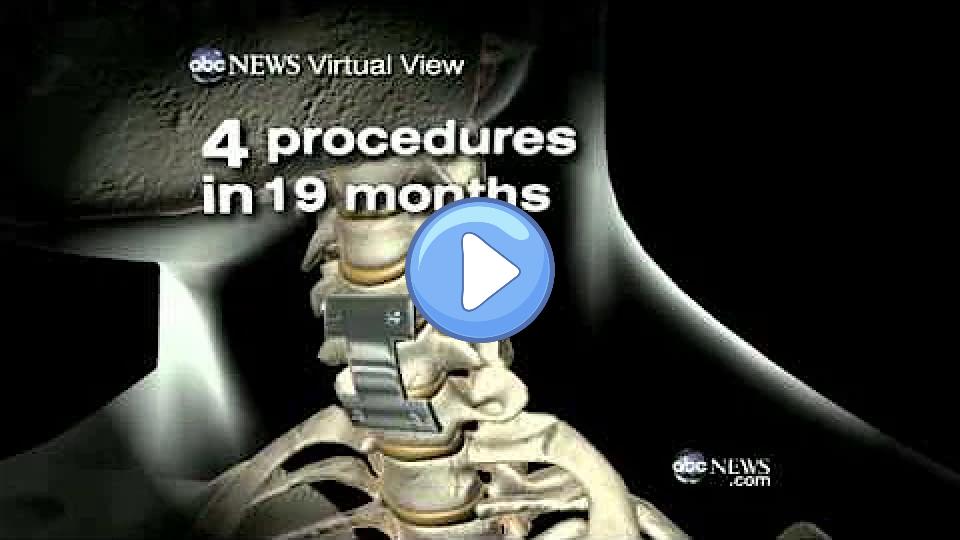
Peyton Manning just overshadowed Joe Buck's career...
NFL highlights and parodies feature moments of commentary on game coverage and player performances, such as Fletcher Cox's play in the end zone.
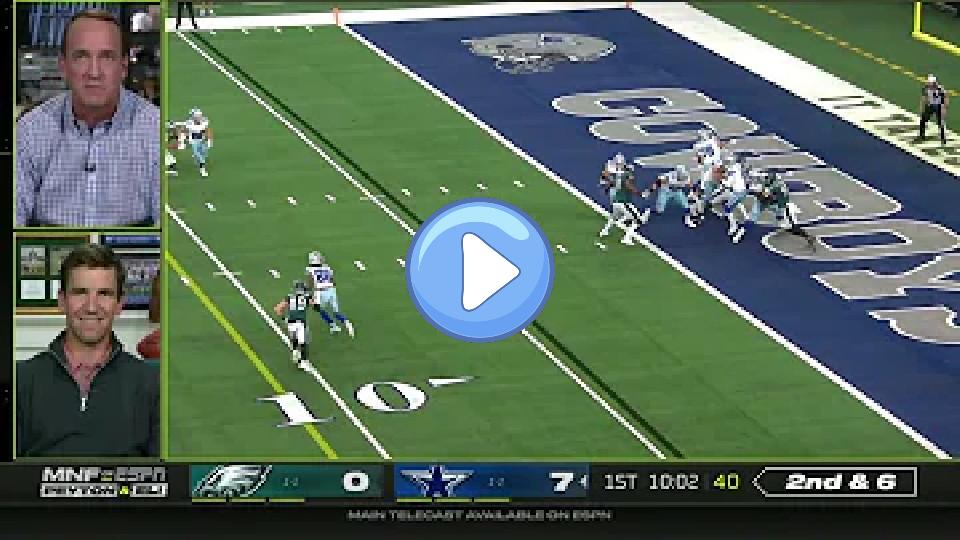
Peyton Manning Memorable Moments
In this compilation, Peyton Manning is shown getting upset during various moments in his career, particularly when plays don't go as planned. He is visibly frustrated after a failed third down conversion and is seen directing his anger towards his teammates, coaches, and even the fans for being too loud. The video highlights moments of his intense competitive spirit, including a rare instance where he receives a penalty for taunting. Despite these heated interactions, the commentary also touches on his achievements and the respect he commands within the sports world.

